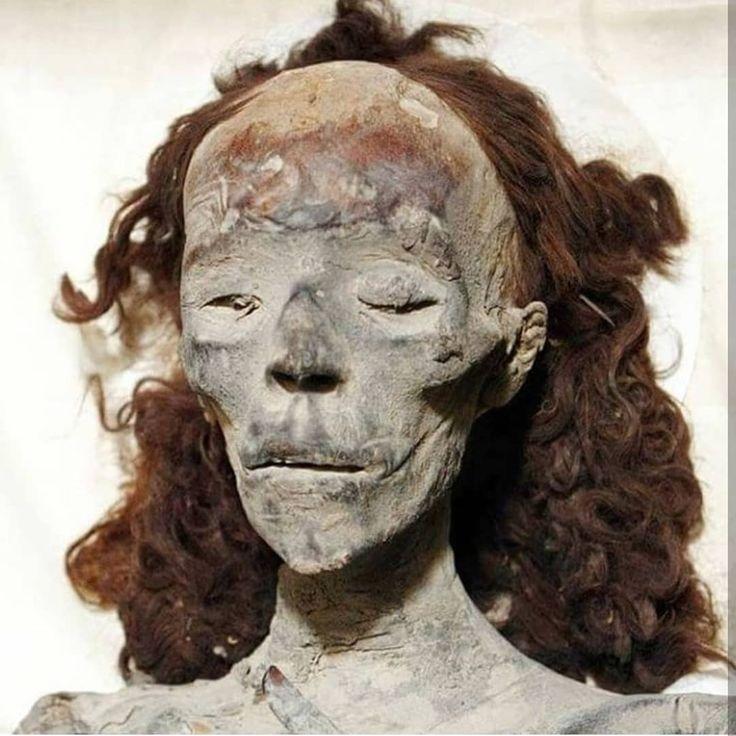Head of a Woman discovered in Thebes in 1799, Dating from the Era When the Last Native Rulers of Ancient Egypt Held Power (c.1550-332 B.C.)
Head of a Woman (Momie de Femme): A Glimpse into Ancient Egypt

In the year 1799, amid the fertile ruins of Thebes, a fascinating discovery emerged that would provide a captivating window into the world of Ancient Egypt. The artifact, a mummified head of a woman, known as Momie de Femme, has intrigued historians and archaeologists alike since its unearthing. Estimated to date between the New Kingdom Period and Late Period of Egypt, this relic hails from a time when Egypt stood at a crossroads in its history. Ranging from around 1550 to 332 B.C., this timeframe encapsulates a period of Egypt’s resurgence and ultimate decline under the control of its final native rulers.
A Mystery Wrapped in Linen
Thebes, known for its grandeur as the capital of the New Kingdom, was a city of both political power and immense cultural significance. It was here, among the royal tombs and temples, that the head of this woman was carefully preserved through the process of mummification—a sacred rite believed to prepare the deceased for the afterlife. The mummified head, likely once part of a complete burial, is now a piece that invites both wonder and speculation.

Mummification in ancient Egypt was a meticulous process reserved for royalty, elites, and the wealthy. This raises questions about the identity of this woman. Was she a noble, a high-ranking priestess, or perhaps someone who held a special place in society? Her status might have been reflected in the effort taken to preserve her remains.
The New Kingdom and Late Period: A Time of Change
The New Kingdom (c. 1550–1070 B.C.) was Egypt’s golden age, marked by wealth, power, and expansive military conquests. Pharaohs like Ramses II and Tutankhamun reigned during this era, constructing monumental temples and securing Egypt’s dominance across the Near East. As Thebes flourished, its necropolis became the final resting place for countless dignitaries and members of the ruling elite.
However, by the Late Period (c. 664–332 B.C.), Egypt had entered a time of political instability. Despite this, the Egyptians clung tightly to their traditions, including the ritual of mummification. Even with external pressures from foreign powers like the Assyrians, Persians, and eventually the Greeks, the Egyptians fought to maintain their cultural identity. The head of the woman discovered at Thebes serves as a reminder of these centuries of resilience.

An Icon of Egypt’s Eternal Spirit
Though only a fragment of her full form remains, the Momie de Femme embodies Egypt’s eternal spirit. From the masterful craftsmanship of her preservation to the echoes of a civilization that spanned millennia, this head of a woman is a poignant symbol of the Egyptian belief in life after death and the preservation of one’s identity for eternity.
As we look upon this artifact today, it offers more than just a glimpse of an individual woman from ancient Egypt. It represents the legacy of a civilization that placed deep importance on the afterlife, spiritual continuity, and the sacred duty of remembrance. Through her, we connect to a world long gone but never forgotten.
The story of this mummified woman, now enshrined in the annals of history, continues to inspire curiosity about who she was and what role she played in the ever-evolving narrative of Ancient Egypt.






